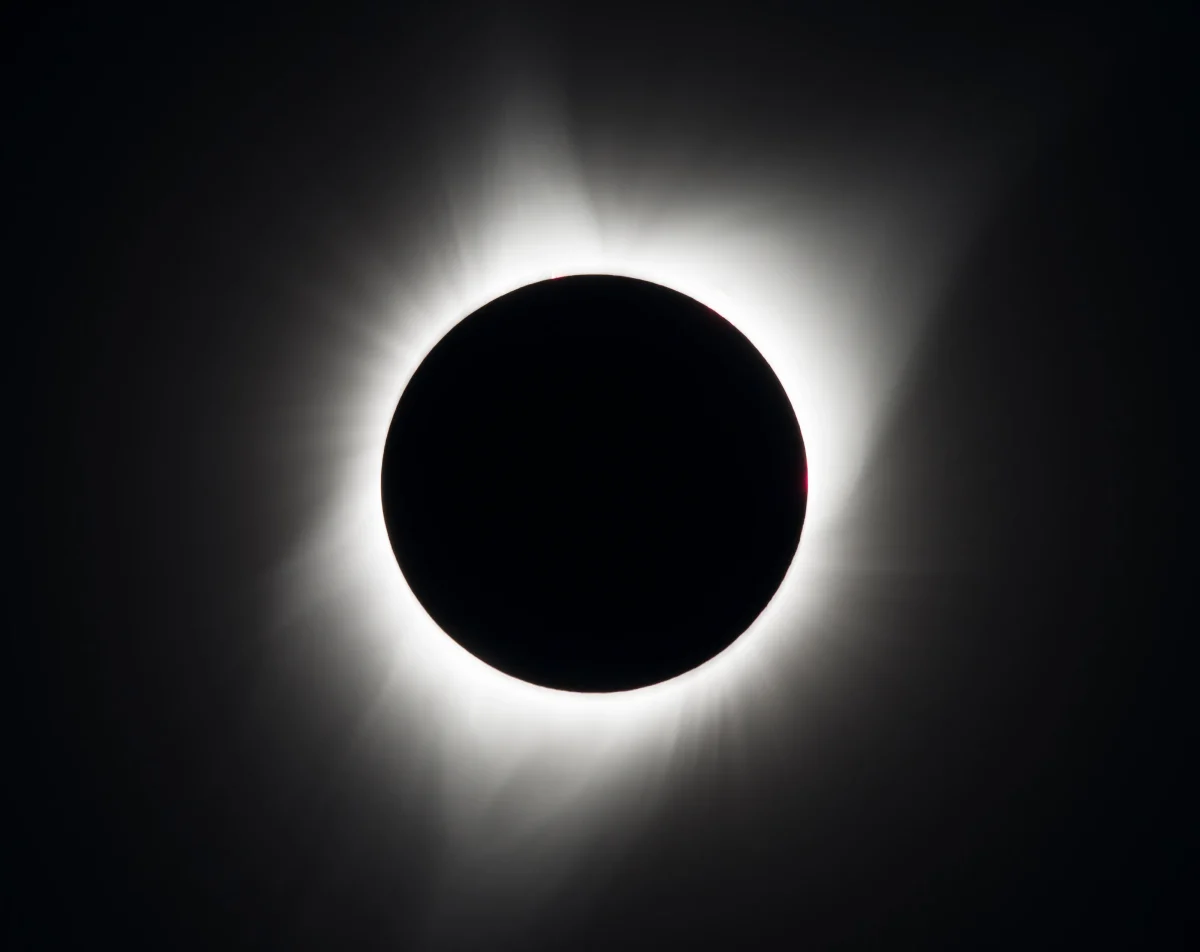On Monday, BVNW is letting students who want to see the eclipse go outside to watch. According to astronomy teacher Sarah Derks, it will be an educational experience.
“Having to stay inside during an event like that would show that the things that happen outside these four walls are not as important as all the little tiny things that happen inside these four walls,” Derks said. “And yeah, it does take away time from a classroom. But that can be an experience that you remember, more so than maybe how to conjugate a verb.”
After the eclipse on April eighth, according to NASA the next total eclipse is not expected to occur until August 23, 2044.
The last total solar eclipse was in 2017. This eclipse lasted for two minutes and 47 seconds. This coming solar eclipse is expected to be more than four minutes long, and will occur on April 8.
Each total eclipse has a path of totality, where the sun will be completely blocked out by the moon. This coming path of totality will pass over the southern United States, including cities like Dallas, Little Rock, Indianapolis and Cleveland. While BVNW is not in the path of totality and will not experience a total eclipse, NASA predicts that Overland Park will still receive 89.7% coverage during the eclipse.
“Think about when you’re eating an Oreo, and you take the part of the Oreo and sometimes the icing goes with it and there’s a little bit of leftover. That little piece of leftover is a little chunk of the sun. The moon is going to cover the rest,” said Derks.
Derks said that this solar eclipse is special because despite having a solar eclipse seven years ago, total solar eclipses are not that common. For a total solar eclipse, the moon needs to completely cover the sun. For this to happen, the moon needs to be close enough to the Earth to take up enough space in the sky. If the moon is too far away, it will not take up enough space and will not entirely cover up the sun, causing a little ring of light to appear around the moon. This is an annular eclipse.










